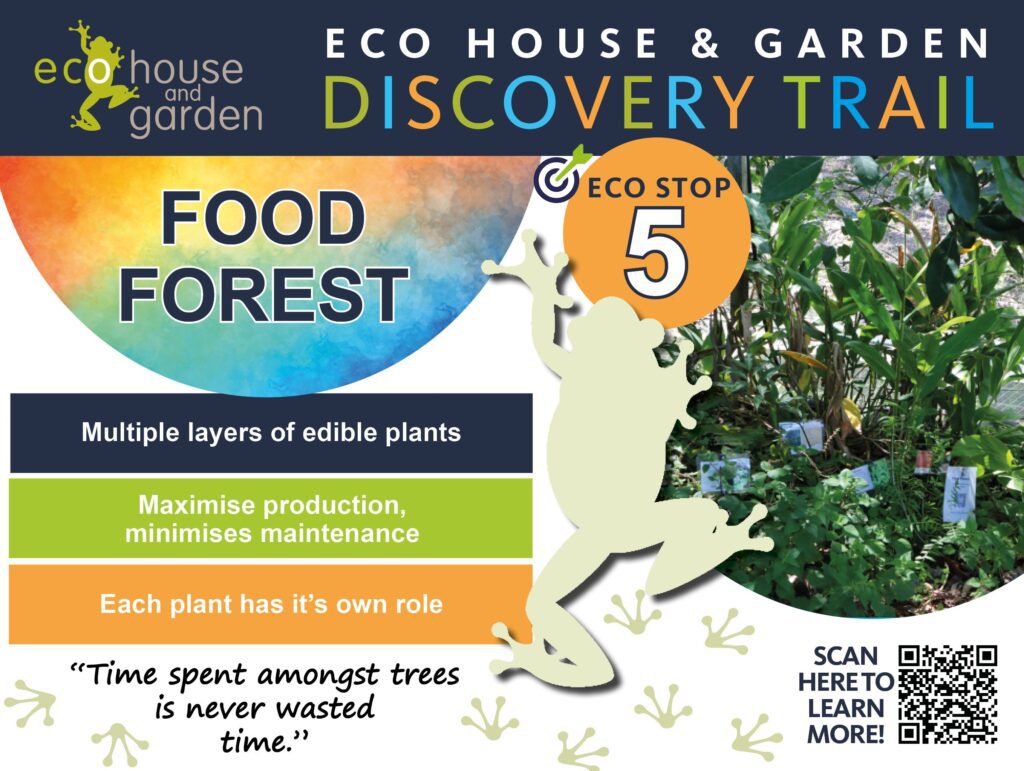

FOOD FOREST
A food forest mimics a forest ecosystem by having multiple layers of edible plants growing together.
Each layer has a role, but not all layers are needed for the plants to benefit.
It maximises food production and minimises garden maintenance.
A food forest mimics the diversity of plants in a natural forest ecosystem wherein a variety of plants of different shapes and sizes grow together. By modelling this concept in a garden, plants are grouped together to complement each other, create microclimates, increase biodiversity and ensure healthy soil and plants.
In a food forest, a part of it is about providing food for humans so the majority of the plants grown will produce fruits or vegetables.
A food forest usually has seven layers, consisting of the canopy layer, the understorey layer, the shrub layer, the herbaceous layer, the rhizosphere layer, the groundcover layer and the vertical layer.
For example, the canopy could consist of a couple of large fruit trees, the understorey some dwarf fruit or nut trees, and the shrubs could be berries or large perennials. The herbaceous layer could consist of medicinal or edible herbs, the rhizome layer could be a root crop like beetroot, the ground cover could be strawberries and vertical layer could be a vine like climbing beans.
Each of these layers has a role in the system, but you don’t have to have all seven layers for the plants to benefit from being grown with each other.
Each plant in the food forest has more than one role in the system. Some plants are grown to attract beneficial insects or birds into the garden. These help by pollinating the fruit and vegetable crops or by keeping pests at bay. A lot of flowers are grown for this reason.
Other plants are grown not always as food but as weed suppressants or a living mulch.
Some plants are grown for their ability to fix nitrogen from the air. When these plants are cut down and dug back into the soil they fertilise the soil and feed the surrounding plants.
Other plants may be grown to provide shade or a wind break. Food forests can also aid soil stabilisation on slopes by slowing water down on a site.
As the plants in a food forest complement each other they don’t compete for space or nutrients and this helps to maximize production while minimising maintenance.




;)
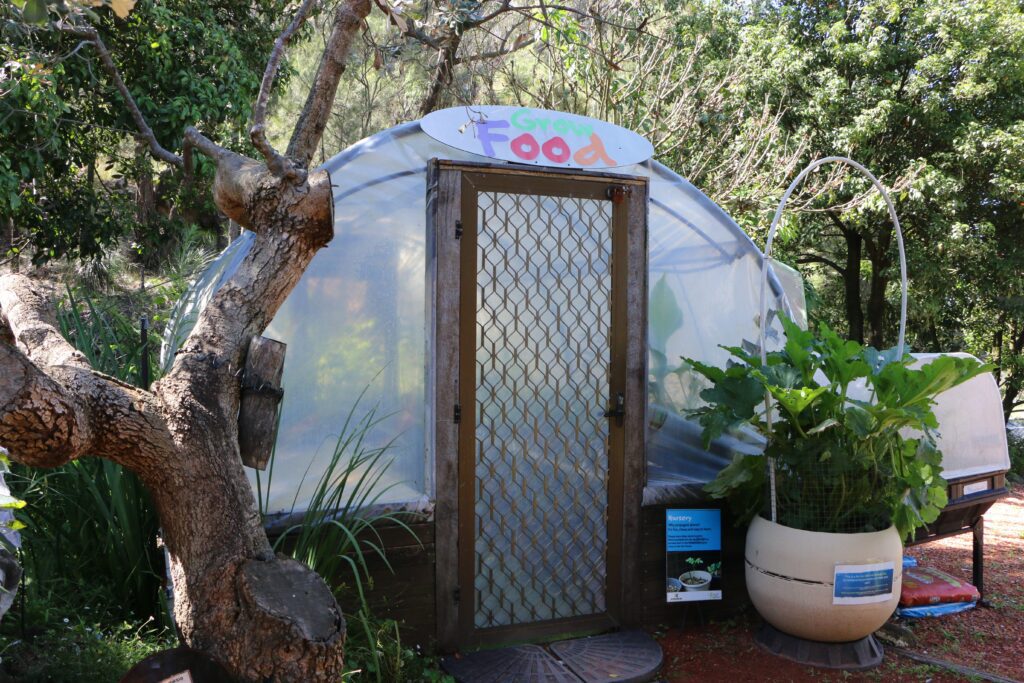;)
;)
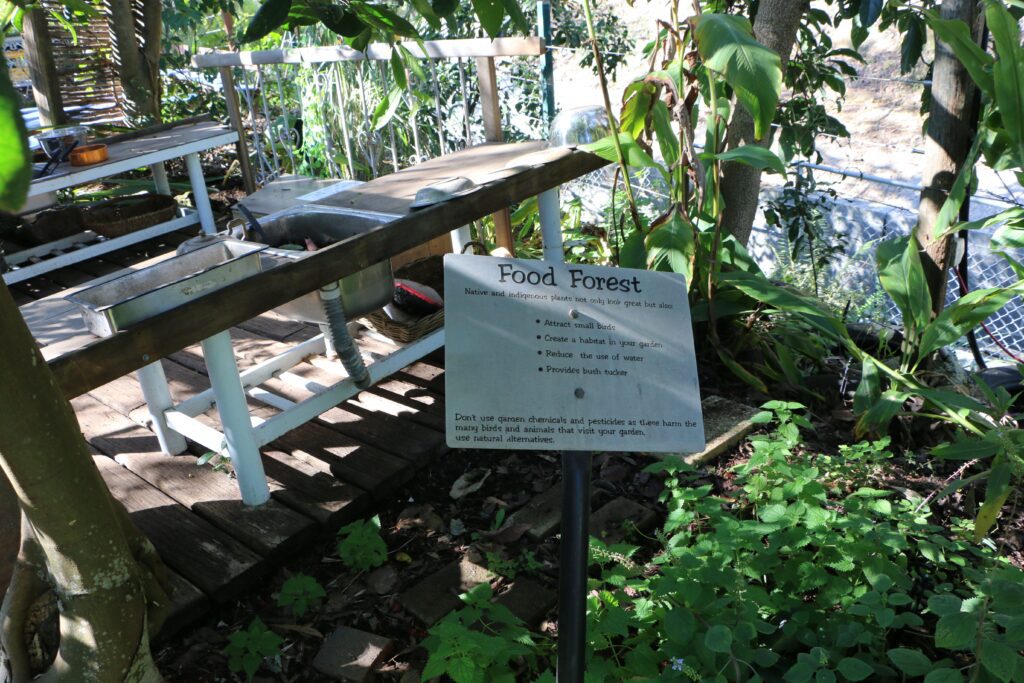;)
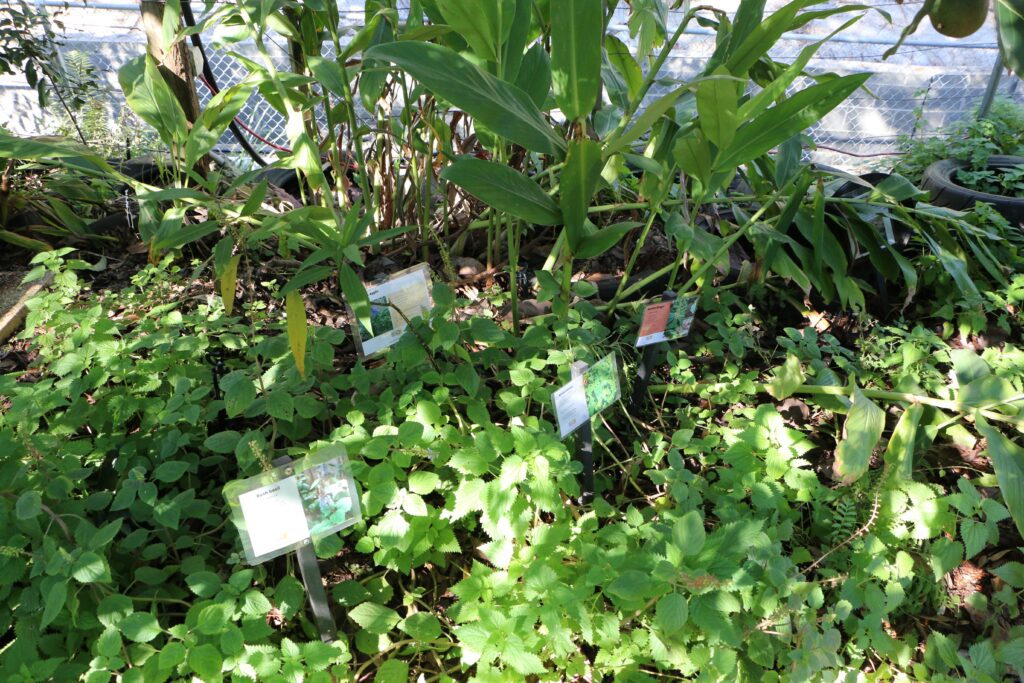;)
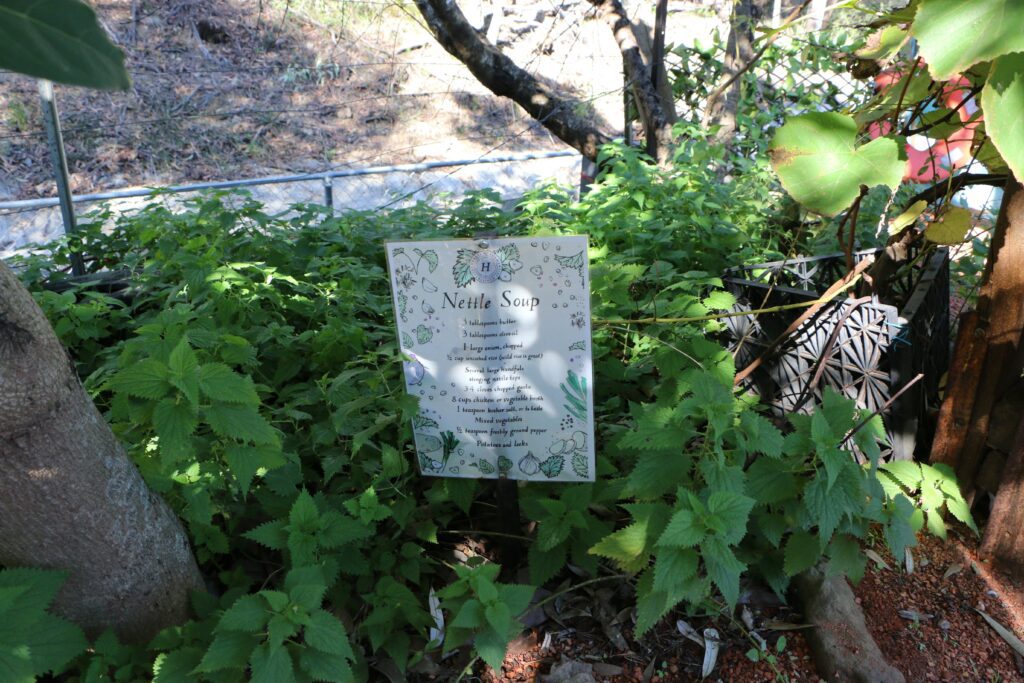;)






